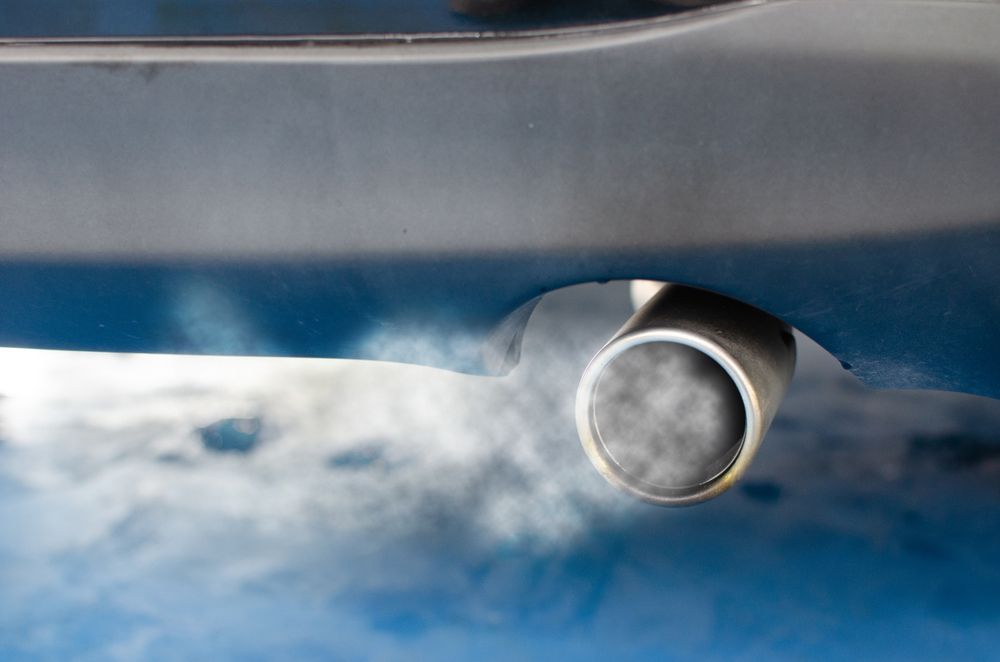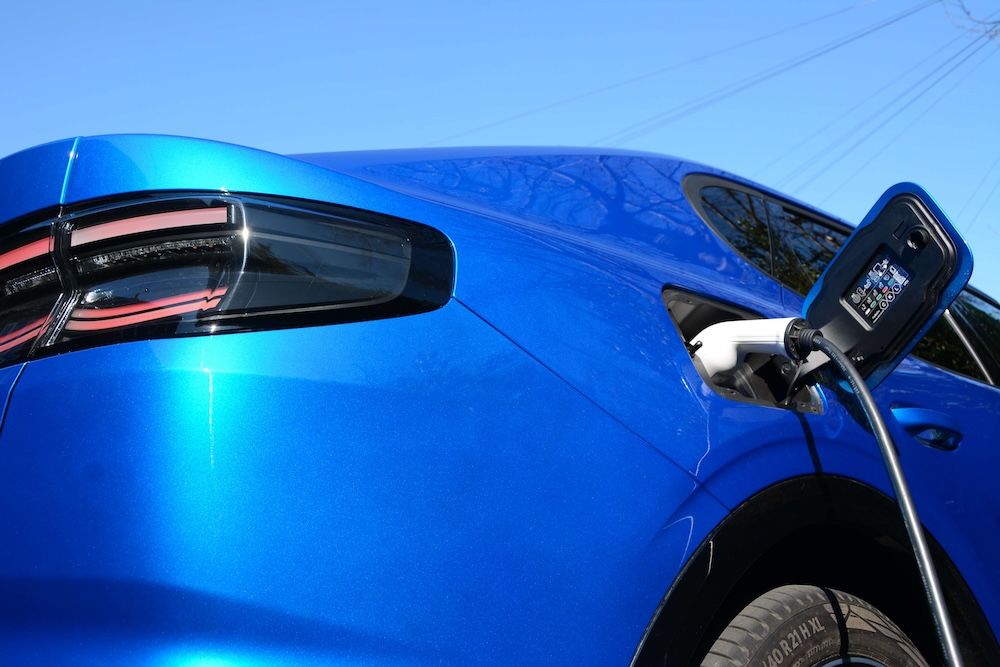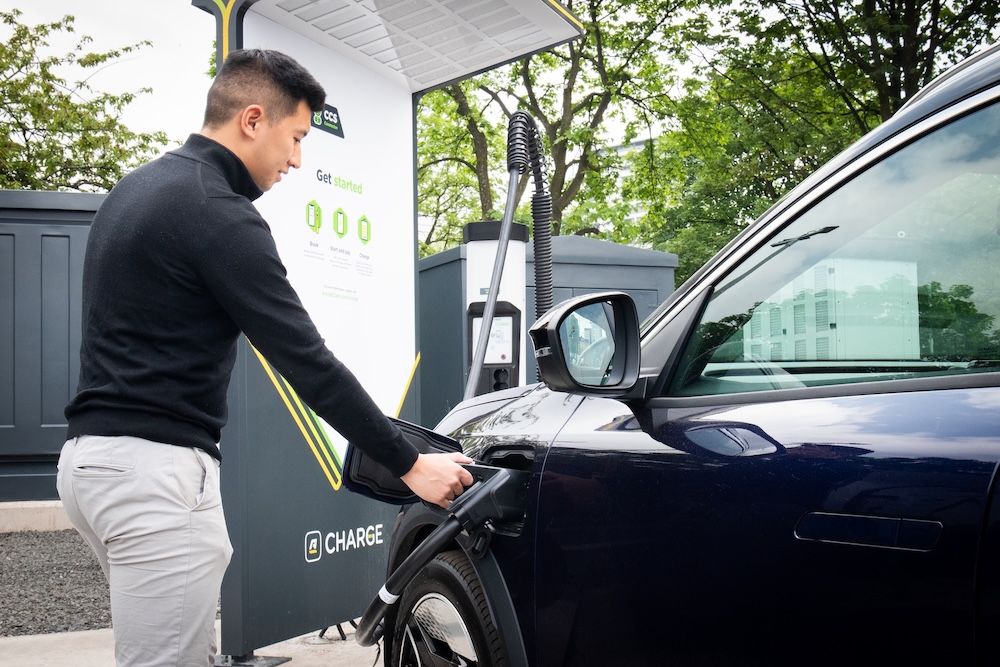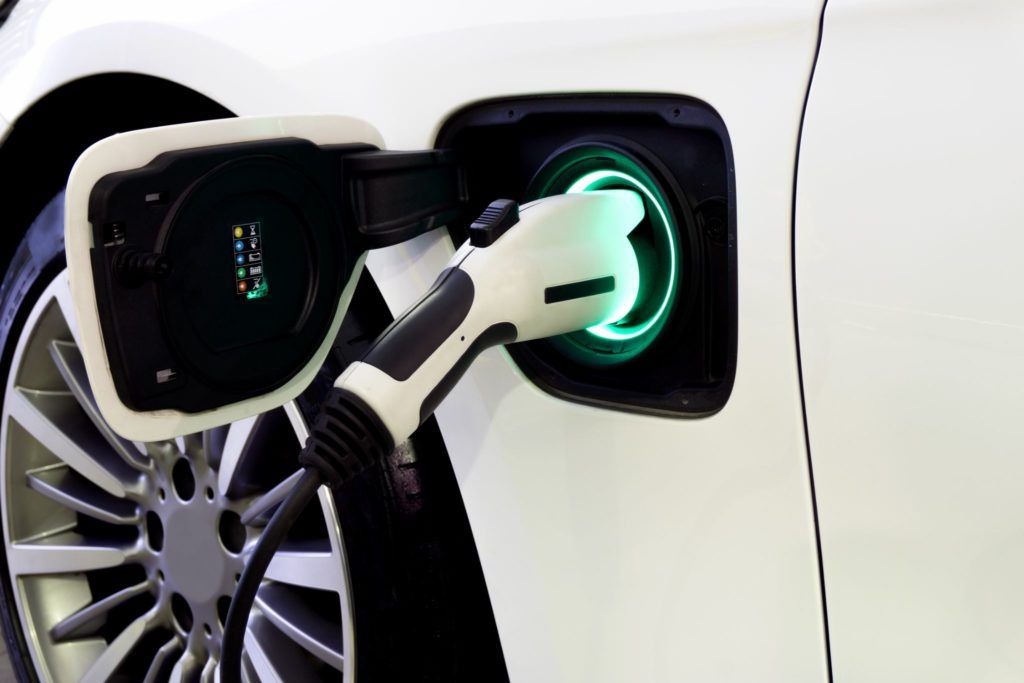New analysis from the Energy and Climate Intelligence Unit (ECIU) has found that drivers of the UK’s top-selling plug-in hybrid vehicles (PHEV) are likely to be spending twice as much to fuel their cars than their manufacturers have led them to believe. [1]
Based on their manufacturers’ claims about their efficiency, the UK’s best-selling PHEVs should cost, on average, £560 a year to fuel. But the huge gap between a PHEV’s claimed efficiency and its real-world efficiency means that in real life these costs jump to £1,059 a year.
PHEVs can save some money compared to their petrol equivalents, which cost around £1,652 a year to fuel – £593 more. But when compared to their full electric equivalents, which cost £388 a year to charge, PHEV drivers could be spending £672 a year more to go the same distance. This means a driver switching from a petrol car to a PHEV would enjoy less than half the fuel savings they would get if they moved from a petrol car to a pure EV.
Colin Walker, Transport Analyst at the Energy and Climate Intelligence Unit, said:
“Drivers pay a ‘petrol premium’ of hundreds of pounds a year to fuel a petrol car rather than charge an EV. But it turns out there’s also a premium to be paid to drive a plug-in hybrid, which real world driving data shows are much more expensive to run than their manufacturers claim, and much more expensive to run than a fully electric car.
“Some drivers likely see switching to a hybrid as a step in the direction towards a proper EV, thinking that they’ll save a lot on fuel and be doing their bit to reduce CO2 emissions. But its important they are made aware of the fact that, according to the data, not only do PHEVs produce 350% more CO2 than their manufacturers claim, they won’t deliver fuel savings anywhere near as impressive as they are being led to believe. Are some drivers holding back on an EV with the promise of PHEV fuel efficiency that isn’t realistic?
“Going ‘full EV’ is an investment that can quickly pay back. Booming salary sacrifice schemes allow drivers to save up to 40% on the cost of leasing a brand new EV, while the second hand EV market is growing rapidly. Many used EVs are now priced the same as their petrol equivalents, saving their buyers hundreds of pounds a year in running costs from the get-go.”
This analysis is based on recent data from the European Commission which analysed PHEVs’ real-world performance. It found that they typically burn 3.5 times more fuel, and release 3.5 times more CO2, than their manufacturers claim [2].
References:
[1] The real-life costs of fuelling a PHEV: https://eciu.net/analysis/reports/2024/the-real-life-costs-of-fuelling-a-phev
Image courtesy of Shutterstock.







